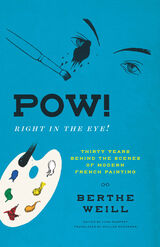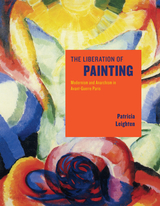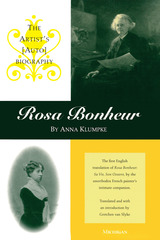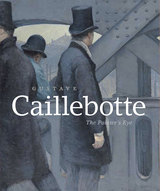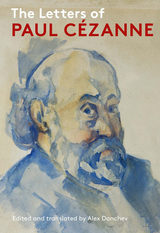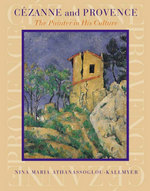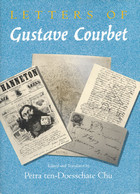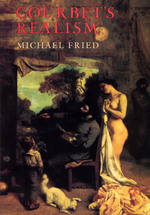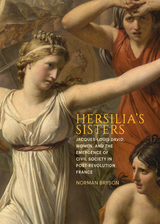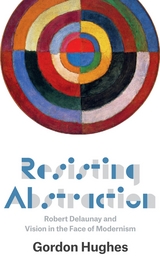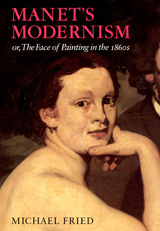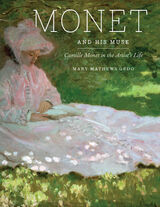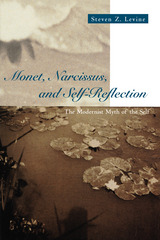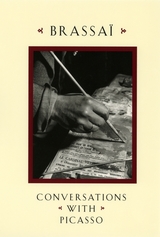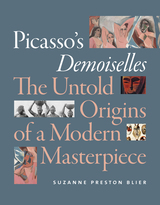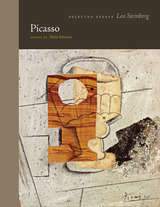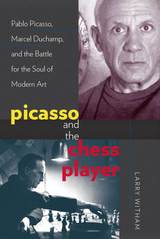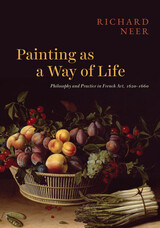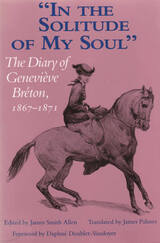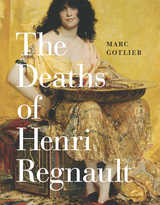Fragonard: Art and Eroticism
University of Chicago Press, 1990
Cloth: 978-0-226-75273-0
Library of Congress Classification ND553.F7S53 1990
Dewey Decimal Classification 759.4
Cloth: 978-0-226-75273-0
Library of Congress Classification ND553.F7S53 1990
Dewey Decimal Classification 759.4
ABOUT THIS BOOK | AUTHOR BIOGRAPHY | TOC
ABOUT THIS BOOK
In the aftermath of the French Revolution, Jean Honoré Fragonard, perhaps the most significant French painter of the eighteenth century, was condemned first as a purveyor of luxury items and later as an artist who abandoned noble subjects for the erotic genre. In this revisionist, art-historical study, Mary D. Sheriff challenges such pejorative views of Fragonard by arguing that he is better understood as an artist whose unsurpassed technical skill and witty manipulation of academic standards established a dynamic relation with the audience his art both courted and created.
Sheriff begins her inquiry with an appraisal of Fragonard criticism, followed by an extensive and thoroughly original reading of selected works by Fragonard and of the eroticism encoded in them. Art and eroticism converge in a discussion of execution, in which Sheriff explores the changing conception of execution and elucidates its complex rhetorical and cultural underpinnings. Drawing on analytic methods from contemporary critical theory and an understanding of each work's cultural milieu, Sheriff pays particular attention throughout to the relation between beholder and work of art, which she views as manifest in the artist's preoccupation with the play between the real and the fictive. Scholars and students of art history, eighteenth-century culture and history, critical theory, literary criticism, and all those drawn to the work of this great French painter will find this work essential reading.
Sheriff begins her inquiry with an appraisal of Fragonard criticism, followed by an extensive and thoroughly original reading of selected works by Fragonard and of the eroticism encoded in them. Art and eroticism converge in a discussion of execution, in which Sheriff explores the changing conception of execution and elucidates its complex rhetorical and cultural underpinnings. Drawing on analytic methods from contemporary critical theory and an understanding of each work's cultural milieu, Sheriff pays particular attention throughout to the relation between beholder and work of art, which she views as manifest in the artist's preoccupation with the play between the real and the fictive. Scholars and students of art history, eighteenth-century culture and history, critical theory, literary criticism, and all those drawn to the work of this great French painter will find this work essential reading.
See other books on: Criticism and interpretation | Erotic art | Eroticism | France | Sheriff, Mary D.
See other titles from University of Chicago Press

